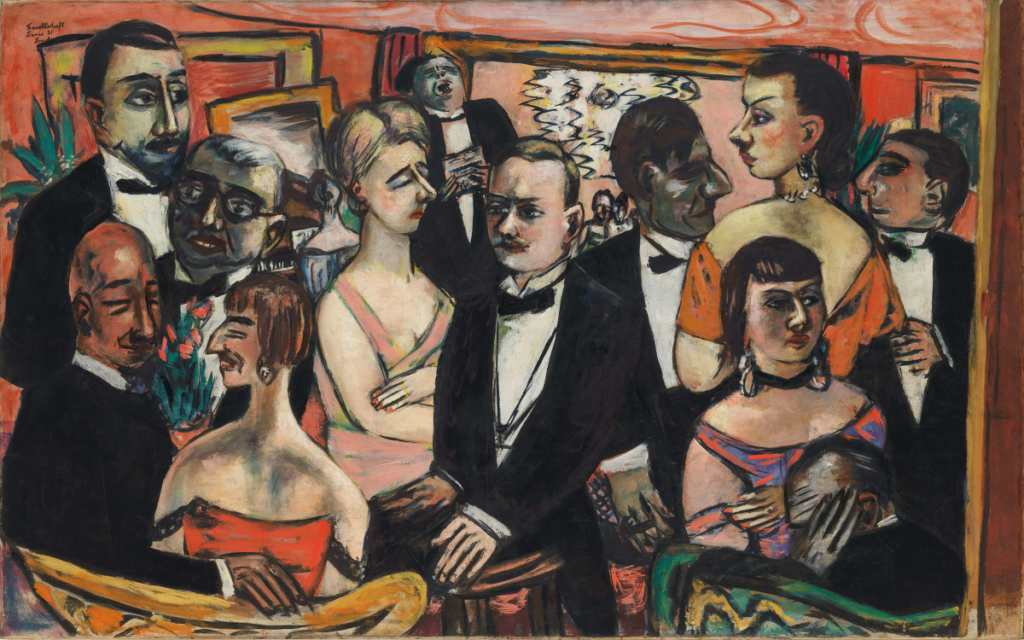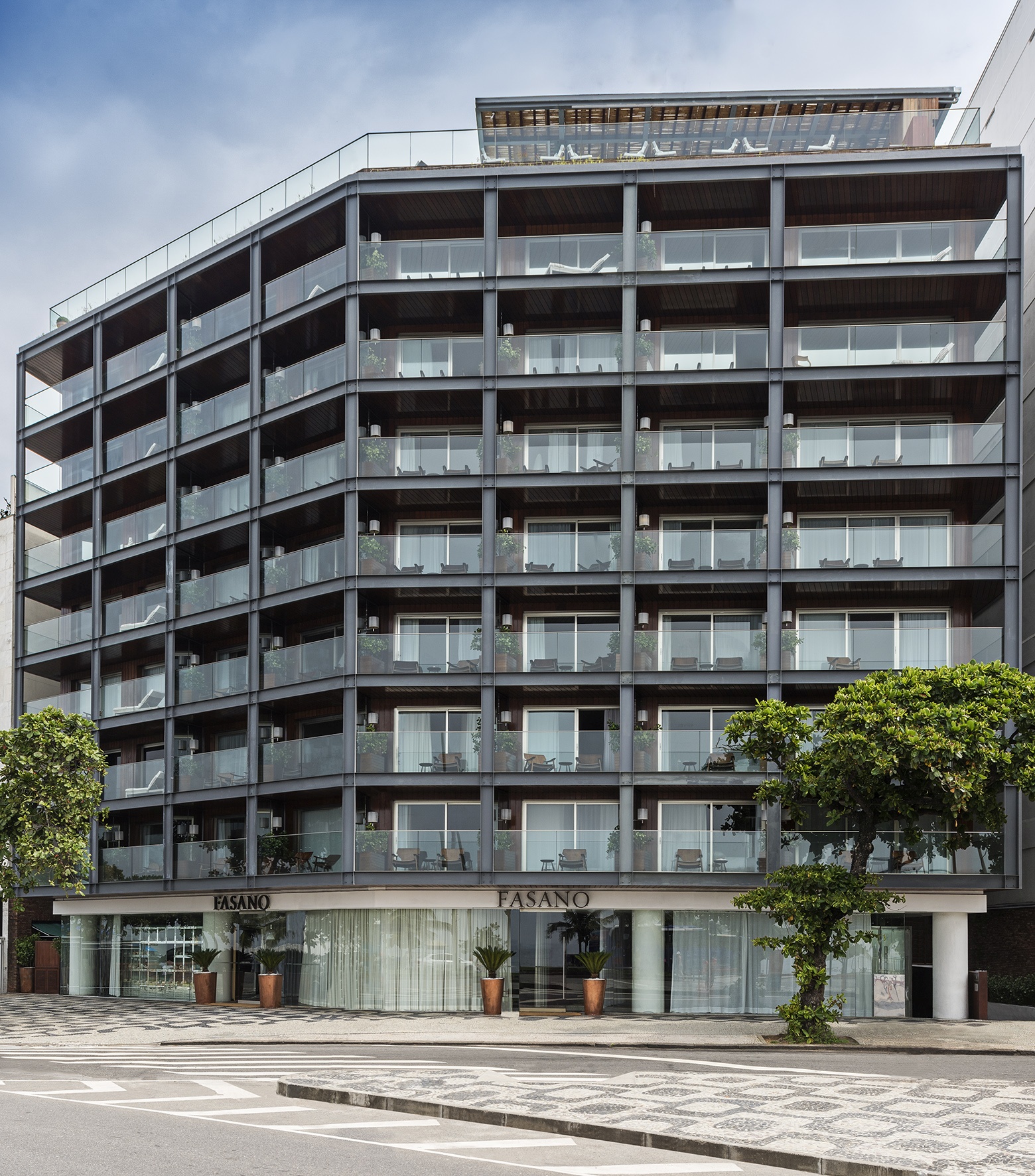Max Beckmann, the prolific German painter, etcher, and sculptor, left an indelible mark on the world of art with his distinctive style and unparalleled creativity. His journey as an artist was truly singular, characterized by a blend of influences, historical context, and personal experiences that shaped his work. In this exploration, we delve into the fascinating life and art of Max Beckmann, offering a glimpse into the man behind the masterpieces.
Early Life and Formative Years
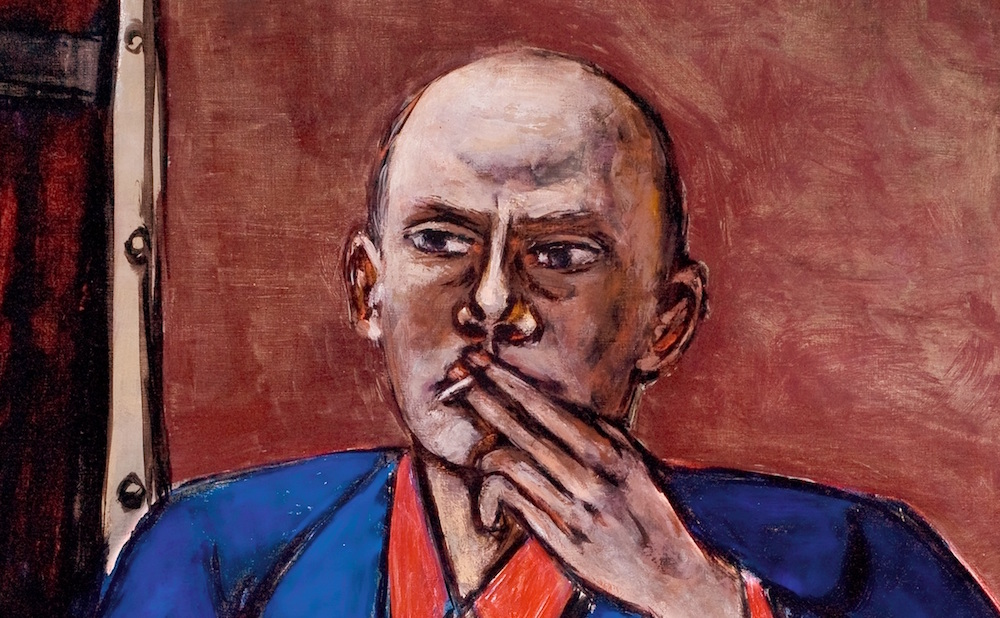
Max Beckmann was born on February 12, 1884, in Leipzig, Germany. His upbringing was marked by a passion for art, nurtured by his mother, who recognized his talent and encouraged his artistic pursuits. Beckmann’s early exposure to museums and galleries laid the foundation for his future artistic endeavors.
The Academic Years and Early Success
Beckmann’s formal education in art began at the Grand Ducal Saxon Art School in Weimar. He later continued his studies in Paris, where he was exposed to the Impressionist and Post-Impressionist movements. This exposure had a profound influence on his artistic evolution, introducing elements of light, color, and brushwork that would become integral to his style.
During the early 20th century, Beckmann gained recognition for his contributions to the Expressionist movement. His work, characterized by bold lines and intense emotions, marked a departure from the traditional artistic norms of his time. Beckmann’s exploration of human suffering, societal unrest, and the human psyche found expression in his powerful paintings.
The Impact of World War I
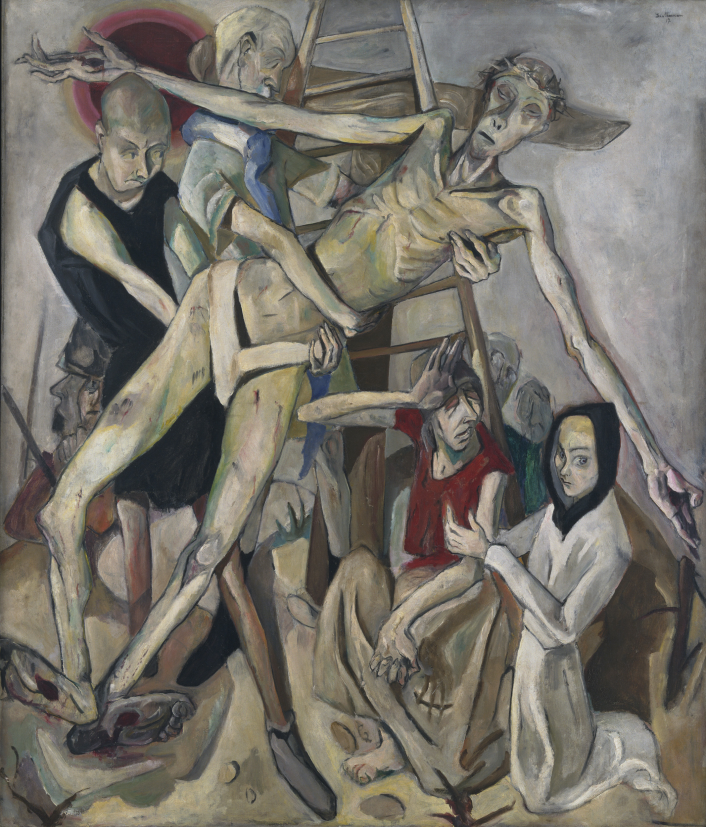
World War I had a profound impact on Max Beckmann’s life and work. Serving as a medic during the war, he was exposed to the horrors and tragedies of conflict, which left a lasting impression on his art. The trauma and disillusionment he experienced during this period found their way into his post-war works.
The “New Objectivity” Movement
In the years following World War I, Beckmann became a key figure in the “New Objectivity” movement, which sought to capture the essence of reality in art. His work during this period, characterized by sharp lines and a focus on everyday life, is emblematic of his ability to evolve and adapt as an artist.
Emigration and Later Years
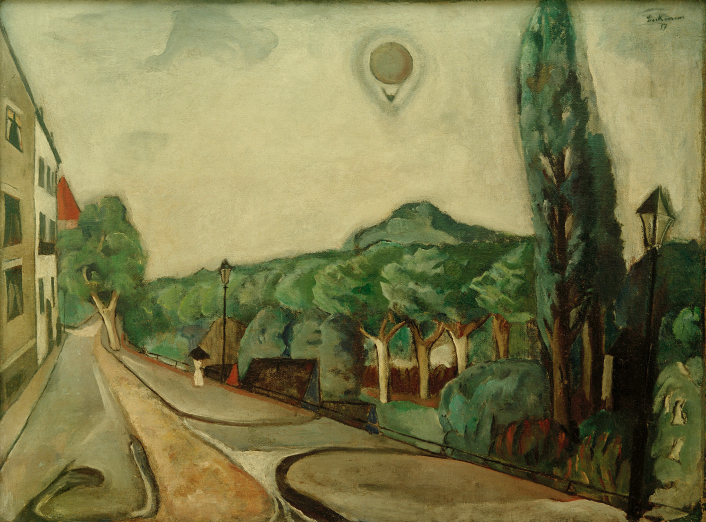
As the political climate in Germany became increasingly oppressive in the 1930s, Beckmann was labeled a “degenerate artist” by the Nazis. In 1937, he left Germany and settled in Amsterdam, where his art continued to flourish despite the challenging circumstances. His later works are reflective of his personal struggles, resilience, and a deep connection to the human condition.
Legacy and Influence
Max Beckmann’s unique artistic path and innovative approach continue to inspire artists and art enthusiasts around the world. His legacy remains intact in the form of numerous masterpieces that offer a window into his soul and a reflection of the times in which he lived.
Conclusion
Max Beckmann’s artistic journey is a testament to the transformative power of art. From his early influences and academic years to the impact of World War I and his evolution as a painter, Beckmann’s life and work are a captivating narrative of a brilliant artist. His ability to adapt, reflect, and create art that resonates with the human experience is what makes Max Beckmann’s path in the world of art truly singular.

